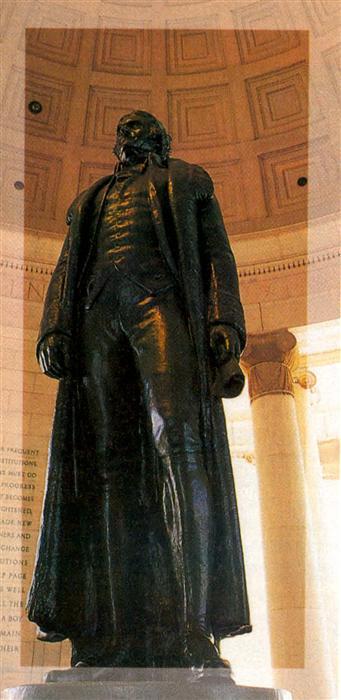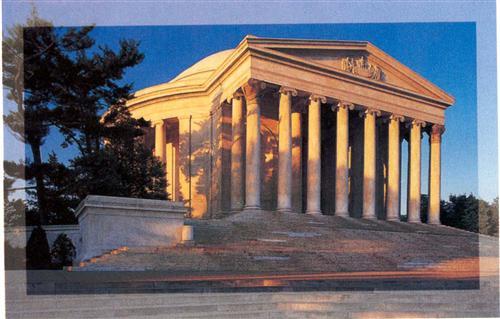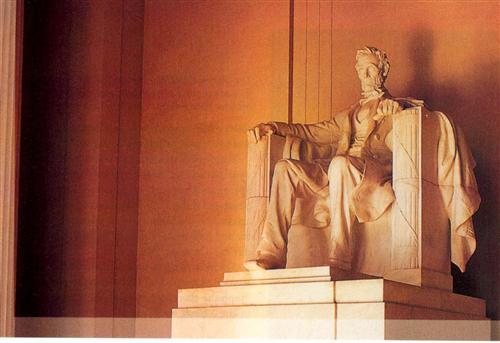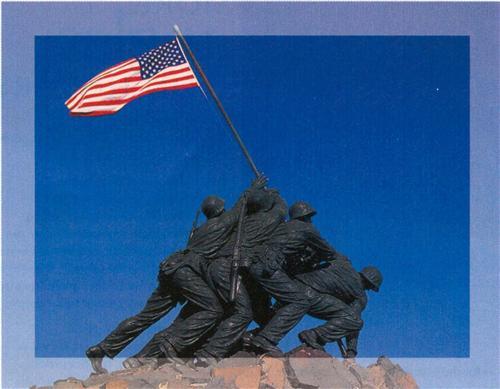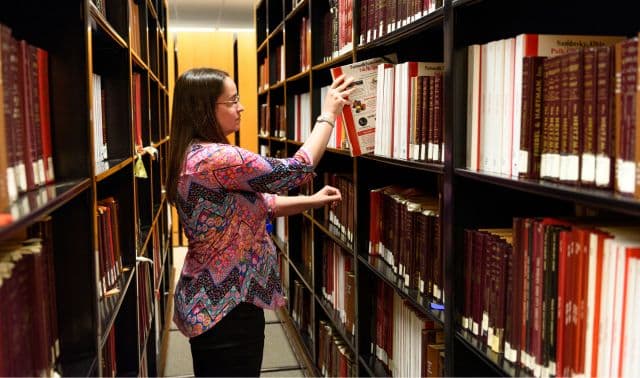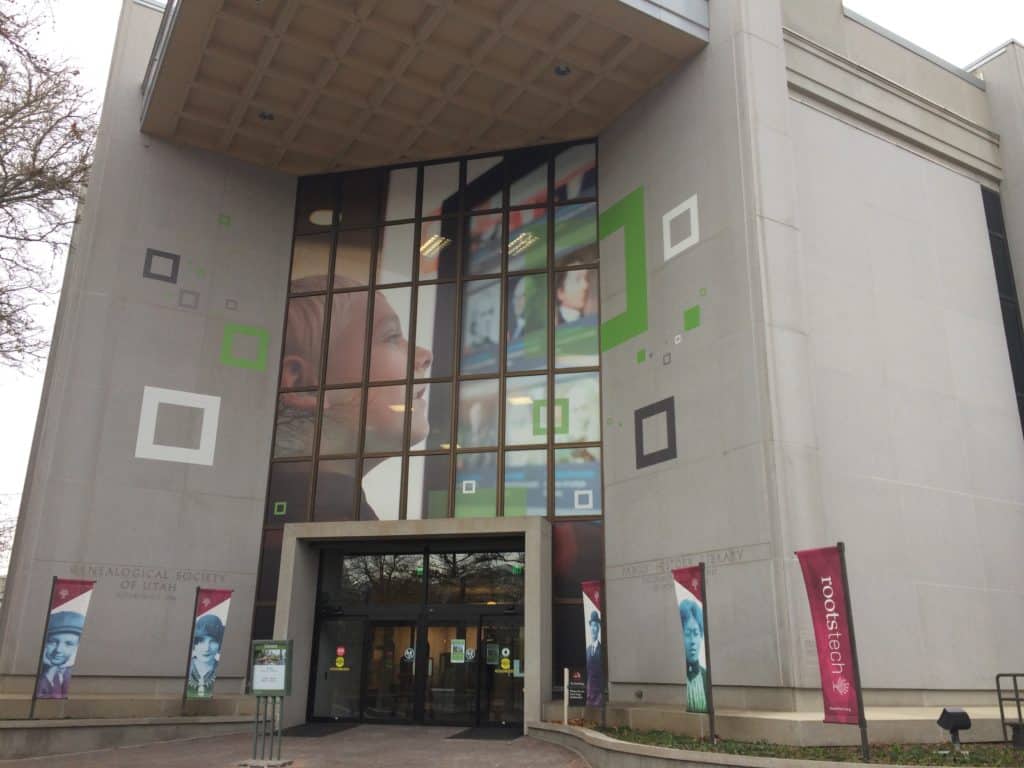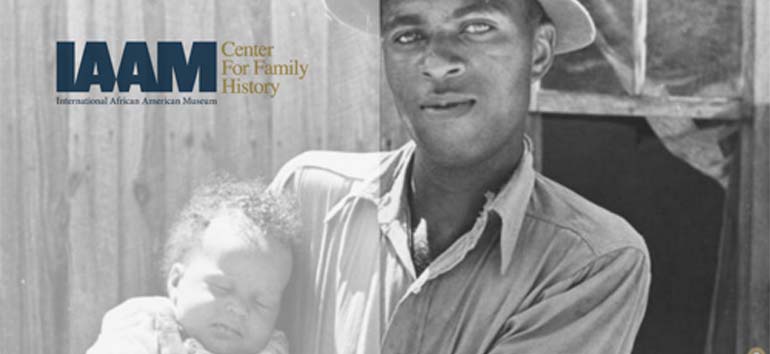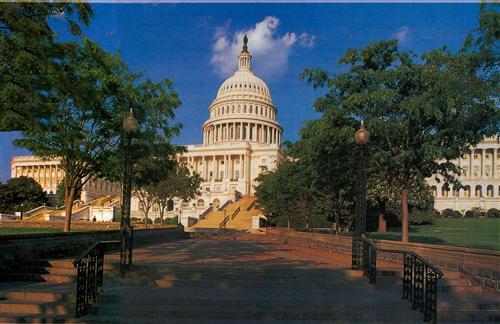
If you’re planning to join the throngs of tourists this year, don’t bring just your passion for American history — pack your camera to take some snapshots of the past. Whether you’re an experienced, tripod-toting photographer or a picture-taking novice with a 35 mm point-and-shoot, you’ll find capturing the history of Washington, DC, through photos a worthwhile experience. Here’s what you need to know to create memorable, professional-looking photos of DCs landmarks.
Tackling transportation
With icons at every turn, Washington, DC, is aesthetically easy to photograph but more difficult physically. If you’re driving to visit these major metropolitan-area attractions, parking can be an issue. You’ll save a little time and a lot of frustration by following these tips:
• The majority of landmarks you’ll want to photograph lie between Arlington National Cemetery <www.arlingtoncemetery.org> and the US Capitol <www.senate.org>, from east to west, and between the White House <www.whitehouse.org> and the Jefferson Memorial <www.nps.gov/thje>, from north to south.
• Parking at Arlington National Cemetery is available for a small fee. To take pictures at the US Capitol, look for reasonably priced parking at Union Station <www.unionstationdc.com>.
• Keep in mind that you’re likely to encounter large numbers of people at these sites. The Capitol, Supreme Court building <www.supremecourtus.gov>, Library of Congress <www.loc.gov> and other important architectural landmarks won’t be a problem: People tend to spread out and typically don’t spend long periods of time in these areas. Arlington National Cemetery has plenty of locations within the grounds where you can escape the crowds.
• You don’t have to drive, however. Avoid parking hassles altogether by taking advantage of Washington’s excellent subway system. The Metro stops near all the major tourist sites. An all-day pass costs $5. Look at a map and plan out your route on the Metro’s Web site <www.wmata.com>.
• As far as gearing up is concerned, you won’t need much equipment. For most pictures, you’ll use a wide-angle zoom or fixed focal length from 28 to 35 mm most of the time. Canon <www.usa.canon.com> sells some special lenses that correct converging verticals (the leaning of buildings), which occur when you photograph architecture with a regular lens. But if you just want a few snapshots, purchasing special equipment isn’t necessary. A telephoto lens between 100 and 300 mm can be handy for photographing the city from afar and for shooting details of the monuments. The i more equipment you haul from place to place is going to slow you down and eventually wear you out. Travel with a light load whenever possible.
Exploring the tidal basin
The Tidal Basin is probably the area most people associate with Washington, DC. The major monuments and the Thomas Jefferson, Lincoln <www.nps.gov/lino, FDR <www.nps.gov/fdrm>, Washington <www.nps.gov/gwmp>, Vietnam <www.nps.gov/vive/home.htm> and Korean War <www.nps.gov/kwvm> memorials all reside in the basin. You’ll need to arrive in the morning to beat large tour groups and to get good lighting for your photographs. Luckily, there’s plenty of free parking on Ohio Drive and at the Thomas Jefferson Memorial parking lot.
With so much to photograph, where do you start? Try taking on the monuments first, starting at the Thomas Jefferson Memorial and making your way toward the Vietnam Veterans Memorial. (Again, arrive early to avoid crowds.) Follow this route twice, the second time working in reverse order. On your first trip, starting at the Jefferson Memorial, compose images containing the entire monument. You may have only one chance to photograph the monuments without people in the background, unless you return on another early morning. Shoot a couple of different compositions at each monument, and then walk briskly or even jog to the next monument. Remember: You’re trying to get all the monuments with no people. On the second route, make another visit to each monument and photograph details or portions of the monuments where people aren’t a factor.
Capital refuge
A full day of snapping photos will work up your appetite. Here are some restaurants in Washington, DC, where you can relax and refuel:
- 1789 1226 36th St. NW (202) 965-1789
- Bombay Club 815 Connecticut Ave. NW (202) 659-3727
- Citronelle 3000 M St. NW (202) 625-2150
- Equinox 818 Connecticut Ave. NW (202) 331-8118
- Galileo1110 21st St. NW (202) 293-7191
- Jaleo 480 Seventh St. NW (202) 628-7949
- Pesce 2016 P St. NW (202) 466-3474
- Rocklands 2418 Wisconsin Ave. (202) 333-2558
- State of the Union 1357 U St. NW (202) 588-8810
- Willard Room 1401 Pennsylvania Ave. NW (202) 628-9100
You’ll want a comfortable place to rest your feet after walking from one photo stop to another. Consider these hotels when planning your visit to the nation’s capital:
- Bellevue Hotel 15 E St. NW (800) 327-6667
- Capital Hilton 1001 16th St. NW (800) 445-8667
- Capitol Hill Suites 200 C St. SE (800) 424-9165
- Carlton Hotel 92316th St. NW (800) 325-3535
- Governor’s House Hotel 1615 Rhode Island Ave. NW (800) 821-4367
- Grand Hyatt 1000 H St. NW (800) 233-1234
- Holiday Inn Capitol Hill 415 New Jersey Ave. NW (800) 638-1116
- J.W. Marriott 1331 Pennsylvania Ave. NW (800) 228-9290
- Madison Hotel 15th and M streets Northwest (800) 424-8577
- Stouffer Renaissance Mayflower 1127 Connecticut Ave. NW (800) 468-3571
Picturing the capitol
The US Capitol has so many photo opportunities that you’ll want to make a day of it. You can photograph the US Supreme Court, the Library of Congress, Union Station and the White House. All of these are within walking distance of the Capitol, with the exception of the White House. If you want a close-up shot of the Washington Monument, this is the time and place to do it. The Washington Monument is only a block away from the White House. If you’re planning to use a tripod, make sure you get a tripod permit. (Note that you can’t use a tripod to photograph the White House, however.) Getting a permit isn’t difficult: You’ll need to go to the police office inside the Capitol to register and sign a release. Once you’ve snapped shots of all those hot spots, pick up a map of the city (AAA <www.aaa.com> has a user-friendly map) and highlight other landmarks that interest you. You’re sure to find museums and galleries that get you camera-happy. And when you’re ready for a break, Union Station has many eateries and is a great place to sit back and relax for a while.
Capturing military history
To walk the paths in Arlington National Cemetery is to walk among heroes. Veterans from every war that involved America can be found here. As a visitor, you’ll find it’s a privilege to be a part of Arlington, even just for a moment. It doesn’t matter if you ever pull your camera from the bag. Go for the experience — you’ll remember it for a long time.
The photograph most visitors want from Arlington National Cemetery is the rows of white stone grave markers. You can capture this inspirational photo from many angles. The Tomb of the Unknown Soldier <www.arlingtoncemetery.com/tombofun.htm> is another wonderful photo subject. You’ll find it atop a hill in the cemetery. The changing of the guard takes place throughout the day and is must-see event, but you can’t take pictures. A couple of hours in Arlington is all you’ll need, but they may be the best two hours you spend in Washington.
The Marine Corps War Memorial <www.nps.gov/gwmp/usmc.htm>, also known as Iwo Jima Memorial, is just a five-minute drive from Arlington National Cemetery. Of all Washington, DCs military and war memorials, this is probably the most popular, with the Vietnam Veterans Memorial not far behind. Overlooking the Lincoln Memorial and the capital city, the Marine Corps War Memorial sits in a beautiful area and offers several angles to capture the monument, as well as the city across the Potomac River. Not much is here other than the memorial. Visit this area before or after Arlington National Cemetery.
More angles
Need a break from picture taking? Expand your trip’s focus to include some of these history-related museums:
• City Musuem of Washington, DC
(1307 New Hampshire Ave. NW, 202-785-2068, <www.hswdc.org>): Many Washington museums honor our national heritage; this new one celebrates the history of the capital itself. It opens in May. (See the April 2003 Family Tree Magazine to learn more about this museum.)
• International Spy Museum (800 F St. NW, 202-393-7798, <www.spymuseum.org>): Lipstick pistols, buttonhole cameras and hollow coins aren’t merely the stuff of James Bond movies. Stake out these and other objects to learn how spies have shaped history.
• National Archives (700 Pennsylvania Ave. NW, 866-272-6272, <www.archives.gov>): The archives’ Rotunda houses America’s most cherished historic documents: the Constitution and Declaration of Independence. It’s been closed nearly two years for a major renovation, but will reopen this summer. (Look for a guide to visiting the National Archives, including details on the newly restored Rotunda, in the summer issue of Heritage Travel, coming in late May.)
• National Museum of American History (14th Street and Constitution Avenue Northwest, 202-357-2700, <americanhistory.si.edu>): This branch of the Smithsonian holds thousands of treasures, from the “Star-Spangled Banner” flag to an “ancient” personal computer (Apple I, circa 1976). Julia Child recently donated the contents of her kitchen for a new exhibit at the museum.
• United States Holocaust Memorial Museum (100 Raoul Wallenberg Place SW, 202-488-0400, <www.ushmm.org>): Take a sobering journey through history at this powerful, harrowing museum, which marks its 10th year in 2003. The free, timed tickets to the permanent exhibit go fast, so go early or call ahead for reservations.
Attracting attention
Washington, DC, has so much to see and do that you likely won’t get to everything. The photos you take during your trip will turn out wonderfully if you experience good weather. But what if you have a few cloudy days? Visit the National Zoological Park (3001 Connecticut Ave. NW, 202-673-4717, <natzoo.si.edu>) — a photo-friendly zoo with several photogenic exhibits. One of the most notable is the panda exhibit. The Washington National Cathedral (Washington and Wisconsin avenues Northwest, 202-537-6200, <www.cathedral.org/cathedral> is another beautiful landmark and a worthy photo stop. Nearby, Georgetown offers opportunities for street scenes and tasty grub at street-side cafes.
Another consideration when planning your photo tour of the city is when to go. Spring and autumn are ideal seasons for photographing DC. The summer months can be hot and humid. Try to plan your visit for any time from mid-April to mid-May or during October. During these months, you’re most likely to have brilliant blue skies in your pictures. And if you want to photograph the cherry-tree blossoms, be in town in late March.
From Family Tree Magazine‘s May 2003 Heritage Travel.

